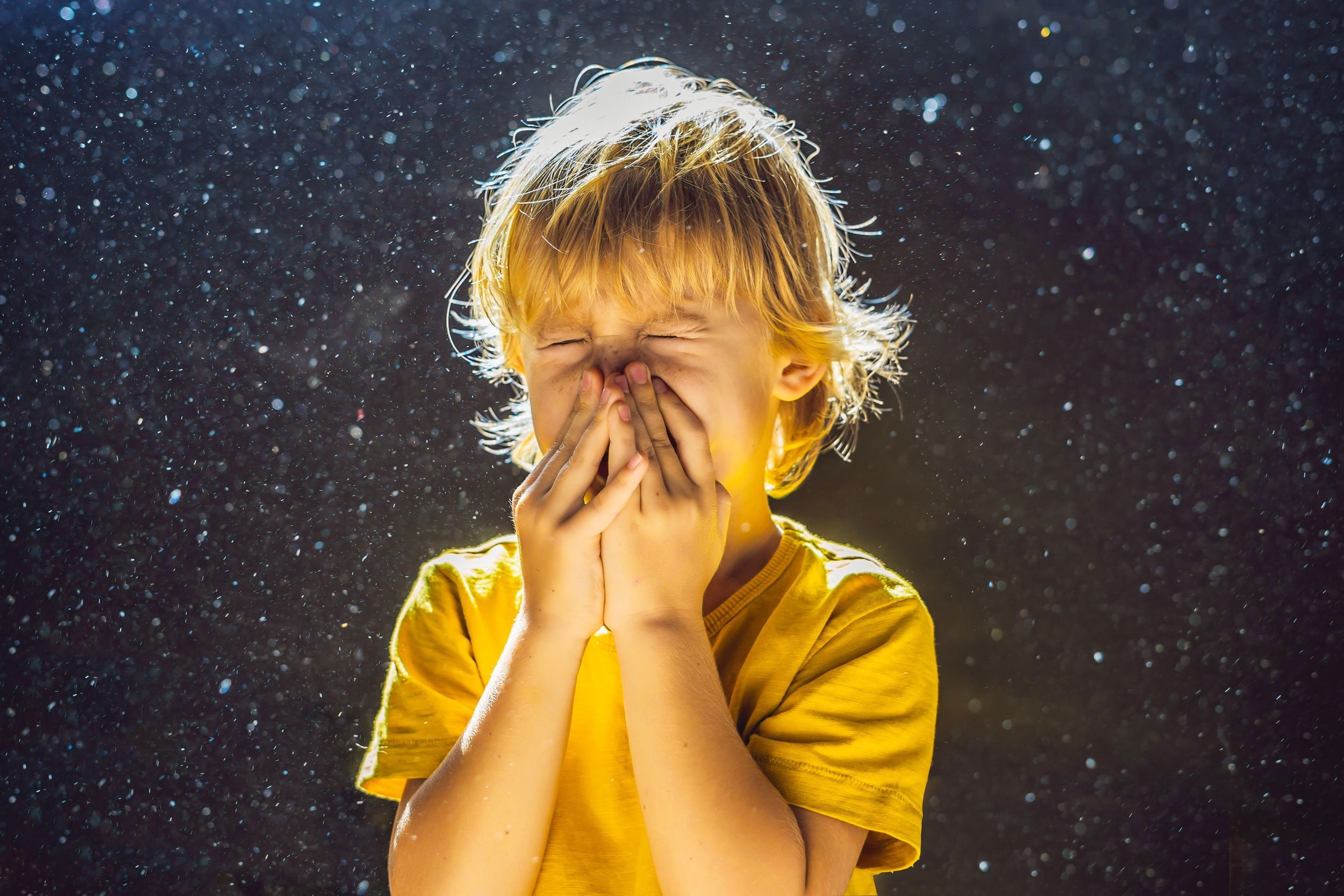
Why do I have allergies in Singapore but not in my home country?
Yes, it is a thing! Allergies occur when your immune system overreacts to substances that exist in your environment either indoors or outdoors. These substances are known as allergens. As each environment has different allergens, you may have allergic symptoms in one environment but not another. Living in a humid climate causes allergens such as dust mites and mould to thrive. In addition, you may find that certain pollens unique to Singapore will cause allergic symptoms. The reverse is of course also true. I have many patients who are symptom-free in Singapore but will experience a flare-up of their allergies on return to their home country.
Read more about food allergies
Could you be allergic to the outdoors?
Yes, absolutely. Any substance that you inhale can potentially be an allergen. The most common are pollen from trees, grass and weeds that are airbourne at different times of the year.
Is the allergy inside my house? Am I allergic to air con? Dust mites? Mould?
It depends on the allergens present in your home. Dust mites are one of the most common causes of allergies and can be found even in the cleanest of homes! Air con units can harbour mould, as can walls, ceilings and home furnishings. Cockroaches can cause allergies, as can animal dander.
What if I don’t know what I’m allergic too?
Getting a test is simple and can identify what’s causing your allergy. It’s best to discuss your symptoms with your doctor, who can advise whether or not your symptoms are due to an allergy or another condition.

How do I get an allergy skin prick or blood test in Singapore?
Individual allergens can be tested for with a skin prick or blood test. A skin prick test involves a diluted allergen being pricked or scratched into the skin surface. The advantage is that the results can be seen almost immediately. A blood test requires one blood draw and can be done while a patient is taking an antihistamine, (antihistamines need to be stopped before a skin prick test as they interfere with the results). There is a slight delay in receiving the result.
What about immunotherapy?
A long-term but lengthy therapy is desensitisation with immunotherapy. This exposes the patient to small doses of the substance they are allergic to. The dose given is too small to provoke an allergic reaction, but large enough to teach your immune system not to overreact. Immunotherapy can be administered by injection or sublingually, where drops, spray or a tablet is placed under your tongue. Treatment can take between 3 – 5 years.
Immunotherapy is often reserved for more severe allergies, such as anaphylaxis to a bee sting, or severe allergic rhinitis to pollen, dust mites or animals. Treatments are supervised by specialist clinics and though they may not ‘cure’ the allergy, they can reduce the severity of the symptoms.

What are the treatments for allergies?
Avoidance of identified allergens is the mainstay of treatment, but this is not always possible. Here are some other treatment options:
- Non-drowsy antihistamines can be taken on a long-term basis. These can be in the form of eye drops for allergic conjunctivitis or a tablet for allergic symptoms.
- Intranasal saline washes can relieve mild symptoms.
- Nasal sprays containing steroids help reduce inflammation in the nose and can be used daily or intermittently for seasonal allergies. A nasal spray containing both an antihistamine and steroid is now available and more convenient for some patients.


How do I get rid of dust mites in my home?
Aside from regular cleaning, there are several ways you can reduce the dust mite burden in your home.
- Use dust mite free covers for your pillow, duvet and mattress.
- Remove carpets and rugs from bedrooms and try to reduce soft furnishings, such as decorative pillows, and wash these frequently.
- Install blinds rather than curtains.
- High temperature professional steaming of carpets and curtains can kill dust mites.
- Using a dehumidifier will reduce humidity in your home environment, minimise the dust mites load and prevent mould build up.
- Using a HEPA filter can trap airborne allergens, such as dust mites as well as animal dander and mould spores.
- For children, try to keep soft toys to a minimum. If this is unavoidable – then from time to time place them in the freezer, in a bag, for 24 hours followed by a wash at 60°C to kill the dust mites.
Read more about food allergies

Dr Sundus Hussain-Morgan is a UK trained GP at IMC’s Katong Branch. As a ‘third culture kid’ herself, she understands the positive experience as well as challenges that face the expat community.








